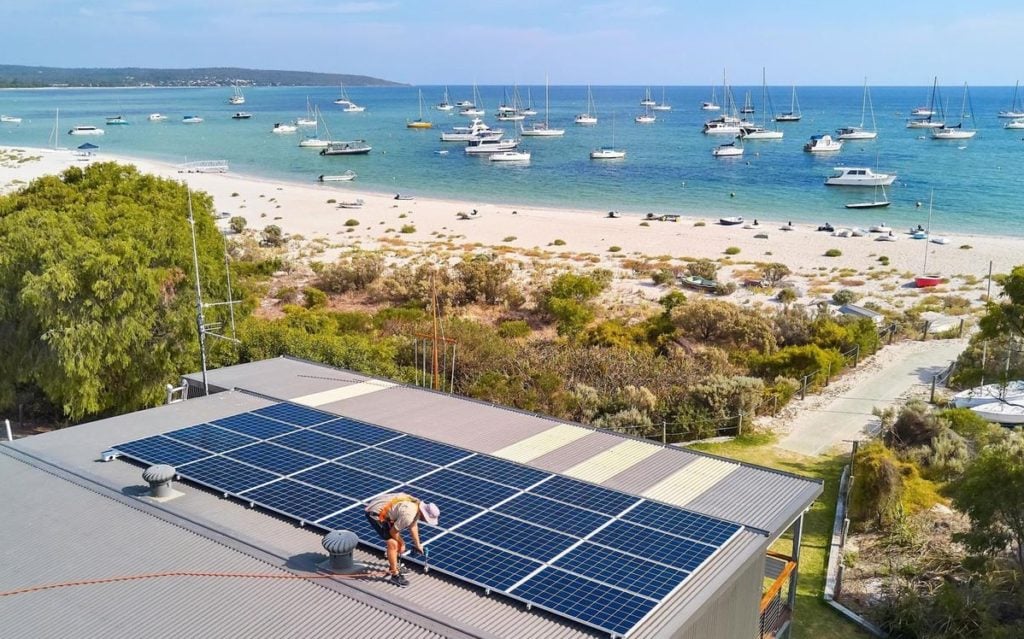
Distributed rooftop solar fulfilled 14% of Australia’s energy consumption this summer, a record level exceeding all other renewable sources and brown coal generation.
According to Australia’s Clean Energy Council (CEC), rooftop PV produced 8,046GWh of power this summer, representing a 19.5% year-on-year increase. Crucially, this figure only counts power fed into the grid, with a significant amount presumably being used for personal consumption as well. Over three million businesses and homes now have rooftop PV deployed, the CEC said.
New South Wales produced the most power – 2,216GWh, a 30% year-on-year increase – followed by Queensland, Victoria and South Australia. The latter actually contributed the most to the overall national generation, accounting for 27.6% of all rooftop solar power fed into the grid.
The analysis also showed that battery storage systems were included in 7% of the new rooftop PV added in 2022. Systems have become more financially attractive and viable, as rising energy prices have shortened the time by which newly installed systems begin to ‘pay for themselves’.
“There is no doubt with inflation and cost of living pressures, people are turning to rooftop solar in record numbers,” said CEC chief executive Kane Thornton. “Thousands of Australians are switching to rooftop solar and seeing their benefits to their hip pockets and the environment.”
The trend towards rooftop solar and storage in response to energy prices and consumer insecurities isn’t unique to Australia: Germany saw a 52% increase in solar and storage systems last year, whilst the US is poised to see residential adoption go through the roof as consumers seek security in the Inflation Reduction Act.
Earlier this month, SunWiz reported that the Australian rooftop sector had surpassed 20GW in total capacity, as the country remains the global leader in per-capita residential PV adoption.
Surpassing brown coal consumption is a significant moment in light of a recent report from AEMO which warned that power shortages could become a problem if the country failed to increase its investment in renewables generation and storage, as plans continue for the gradual shutdown of coal plants. A separate report from the CEC suggested that, despite a record level of investment in Q4 following the financial close of the Golden Plains wind farm, Australia’s renewables sector needs more backing if it is to reach its net zero targets.





